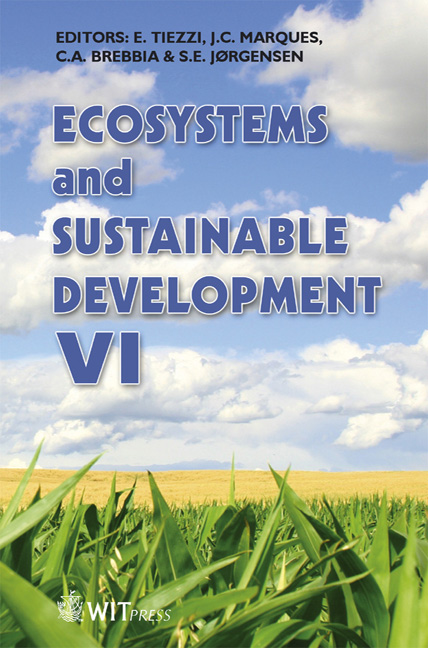Environmental Impacts Caused By The Tourist Industry In Elafonisos Island And The Neapoli District, Greece
Price
Free (open access)
Transaction
Volume
106
Pages
11
Published
2007
Size
1,157 kb
Paper DOI
10.2495/ECO070351
Copyright
WIT Press
Author(s)
B. S. Tselentis, D. G. Prokopiou, D. Bousbouras & M. Toanoglou
Abstract
Many studies have shown that a tourist service or product is a blend of ecological, social and economic sub-systems, operable in the area of interest. Carrying capacity assessment has become an indispensable tool for formulating policy and strategies in the tourist industry worldwide. It is well known that Greece depends heavily on the tourist trade. For the Greek coastal tourist industry, the environment, both natural and man made, plays a leading role in the sustainable development of this economic activity. It is the purpose of this paper to apply novel environmental protection tools in order to estimate impacts inflicted by the tourist industry on local fauna and flora, as well as the whole well being of the physical environment. 1 Introduction The concept of sustainable tourism is used in the context of achieving economic growth without damaging the natural and build environment as well as conserving the culture of local communities [1]. The World Tourism Organisation (WTO) defines carrying capacity as: \“The maximum number of people that may visit a tourist destination at the same time, without causing destruction to the physical, economic, socio-cultural environment and an unacceptable decrease in the quality of visitors' satisfaction”.
Keywords





